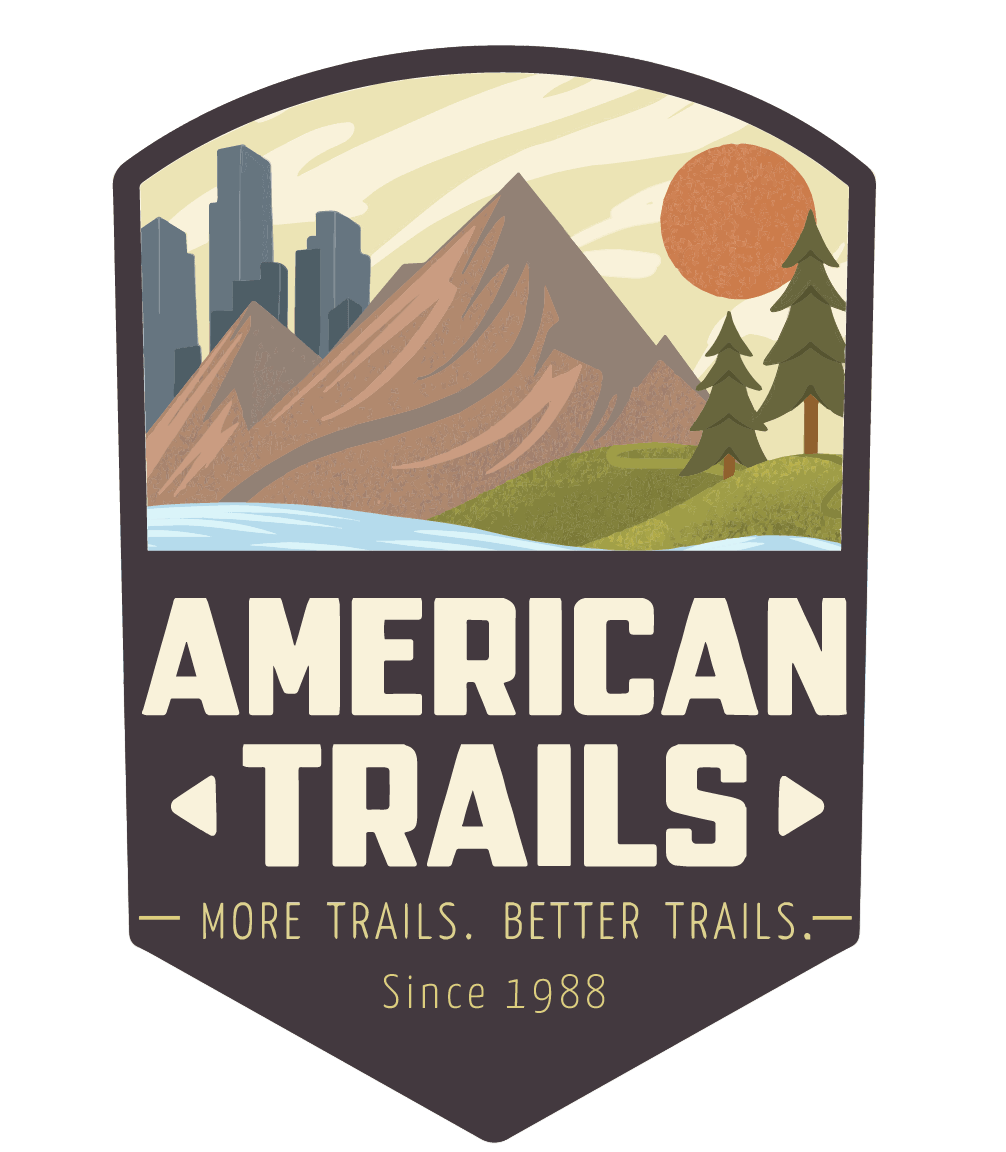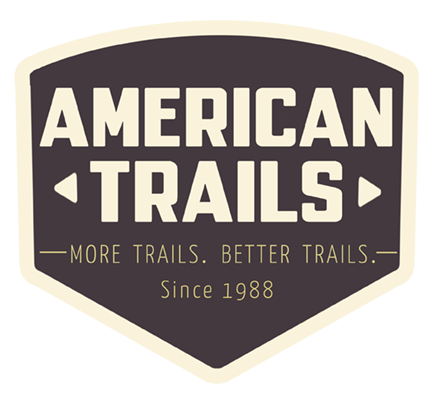




This manual is designed to provide an understanding of individuals with disabilities, providing cycling instructors with information about the different types of cycles available and the information needed to run a successful adaptive cycling program. It will also address different abilities and how to best fit the individual to the right bike for their strength and desired level of riding
Use this manual to learn which bikes may be appropriate for each client before they ever get on the bikes. It is very meaningful for someone who comes to ride for the first time, when the first bike you put them on is the best one for them! Skill at selecting a bike is learned with experience; in time, when you see a person walk or roll over to you, you will have a good idea of what bikes to suggest, to provide the most successful experience. Make sure they try out several, to see some of the differences between the bikes. Often, people will come back to the first bike they try — but they may like a feature of one bike and something else from another. Often, you can combine those features, or find a bike that has both elements.
Safety must always be your number one priority when running a program. With cycling at speed, accidents can result in serious injury. Educate riders, staff, and volunteers to make riders as safe as possible. Adaptive cycling programs should be conducted only with well-trained staff and volunteers, in a cycling environment that is appropriate for the skill level of the participants.
Attached document published June 2021
217 views • posted 09/28/2025 • Id #517676